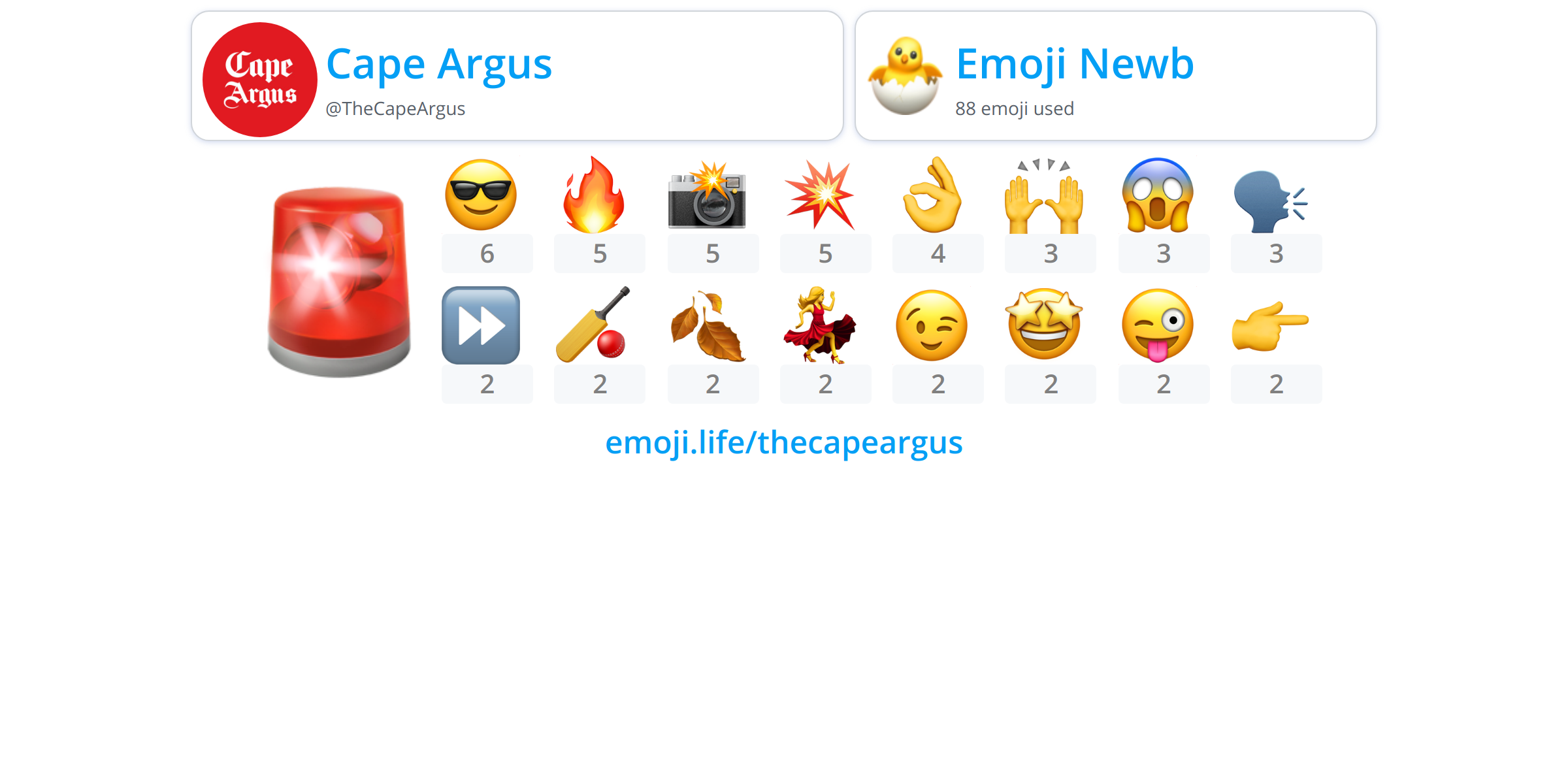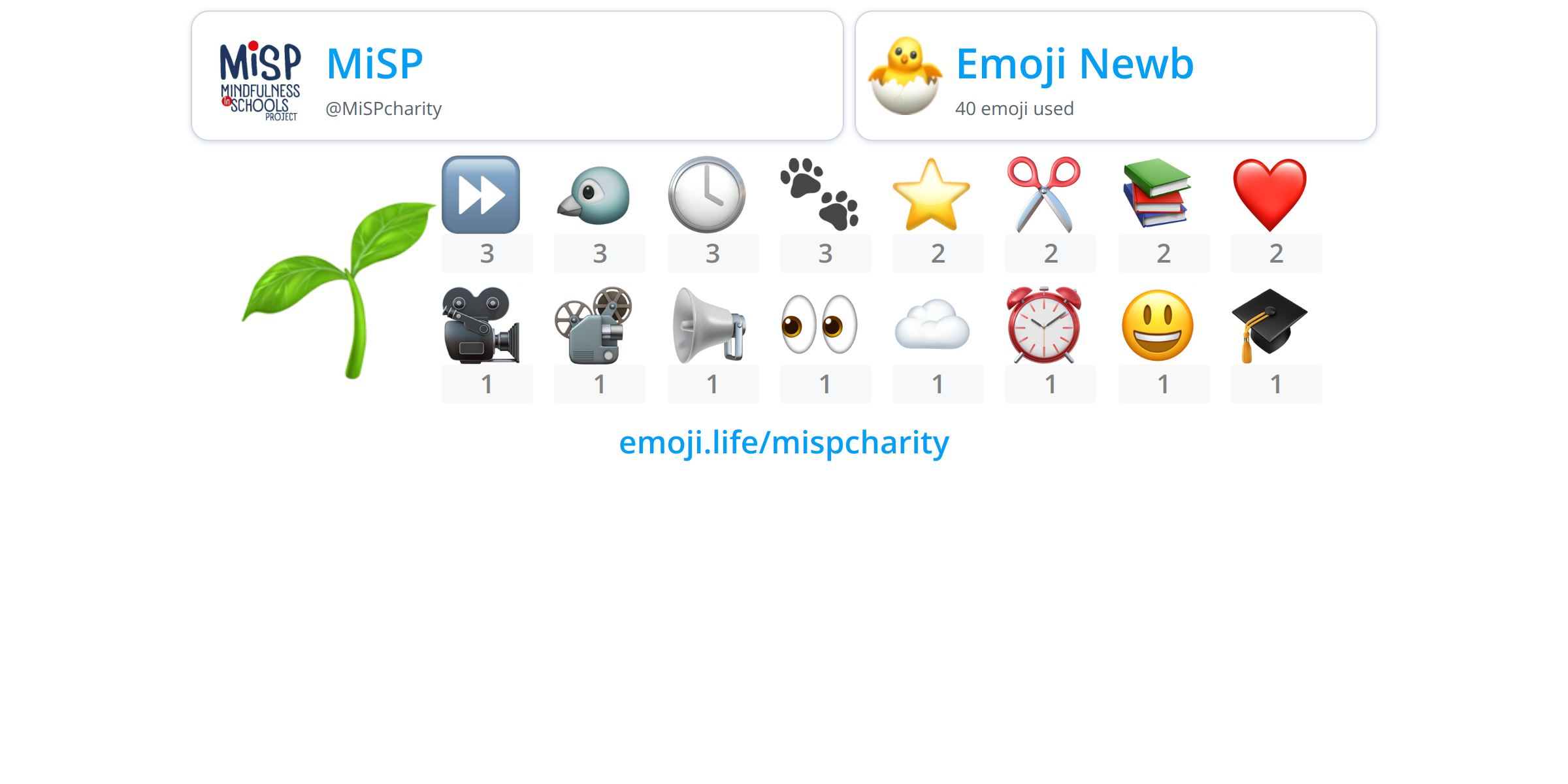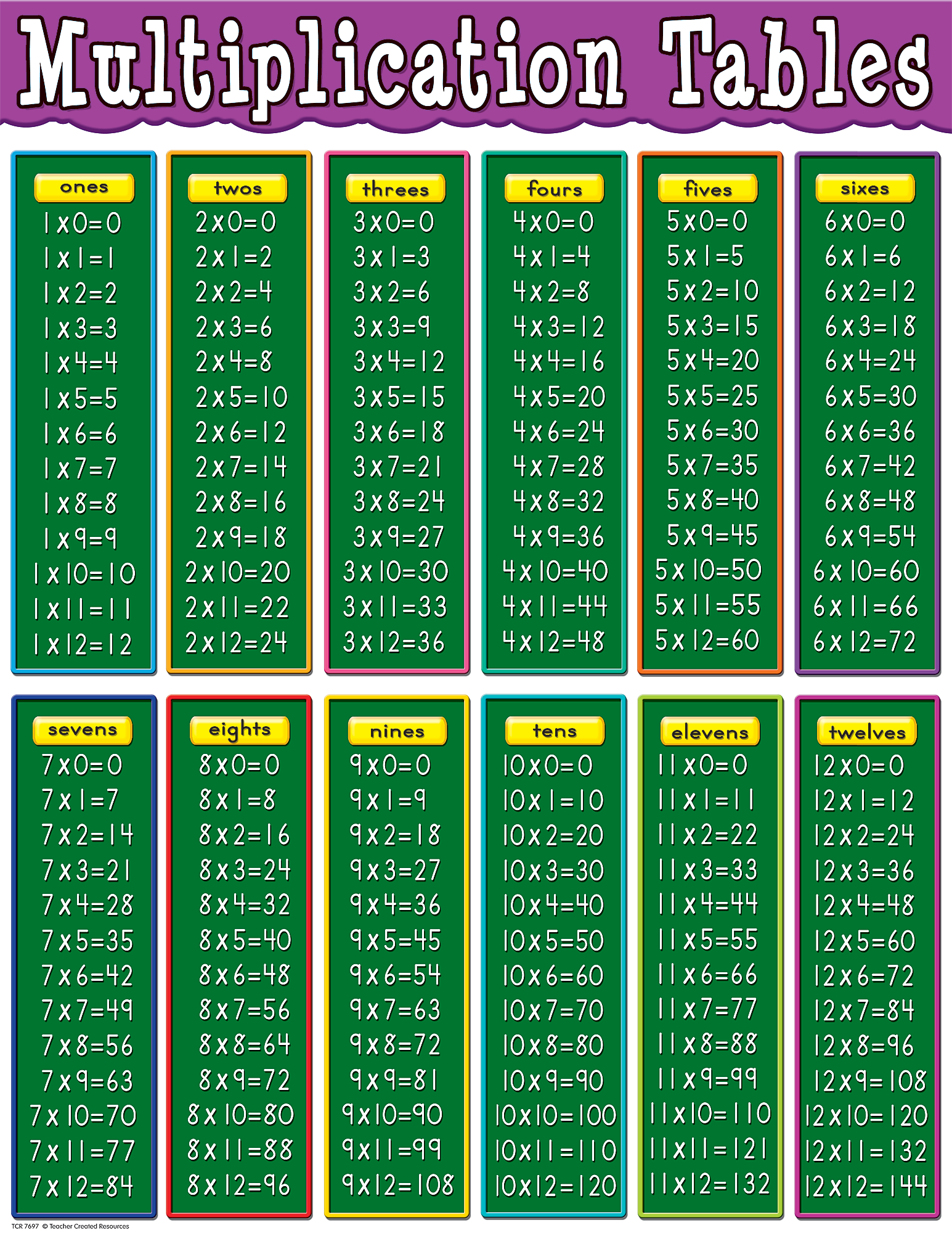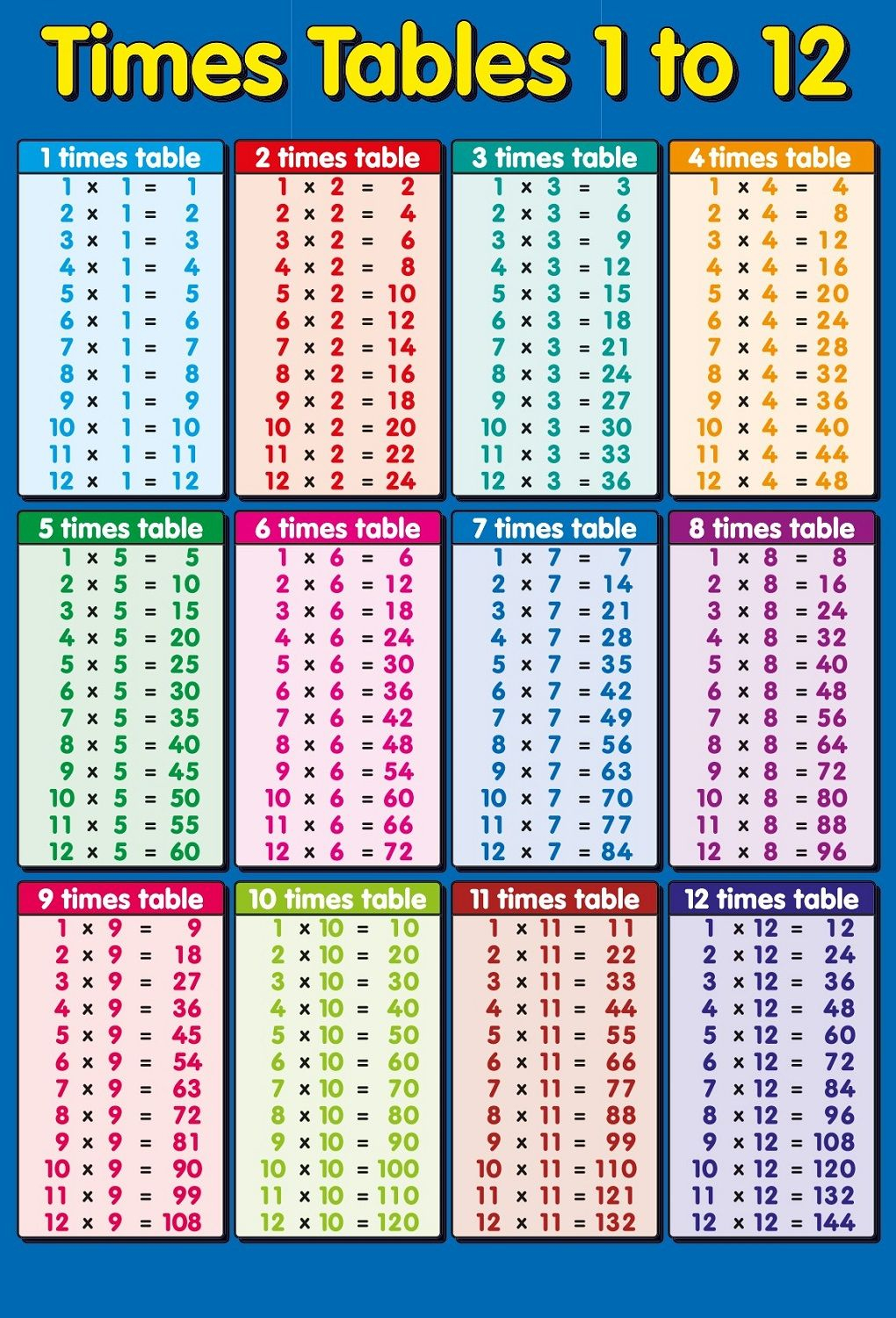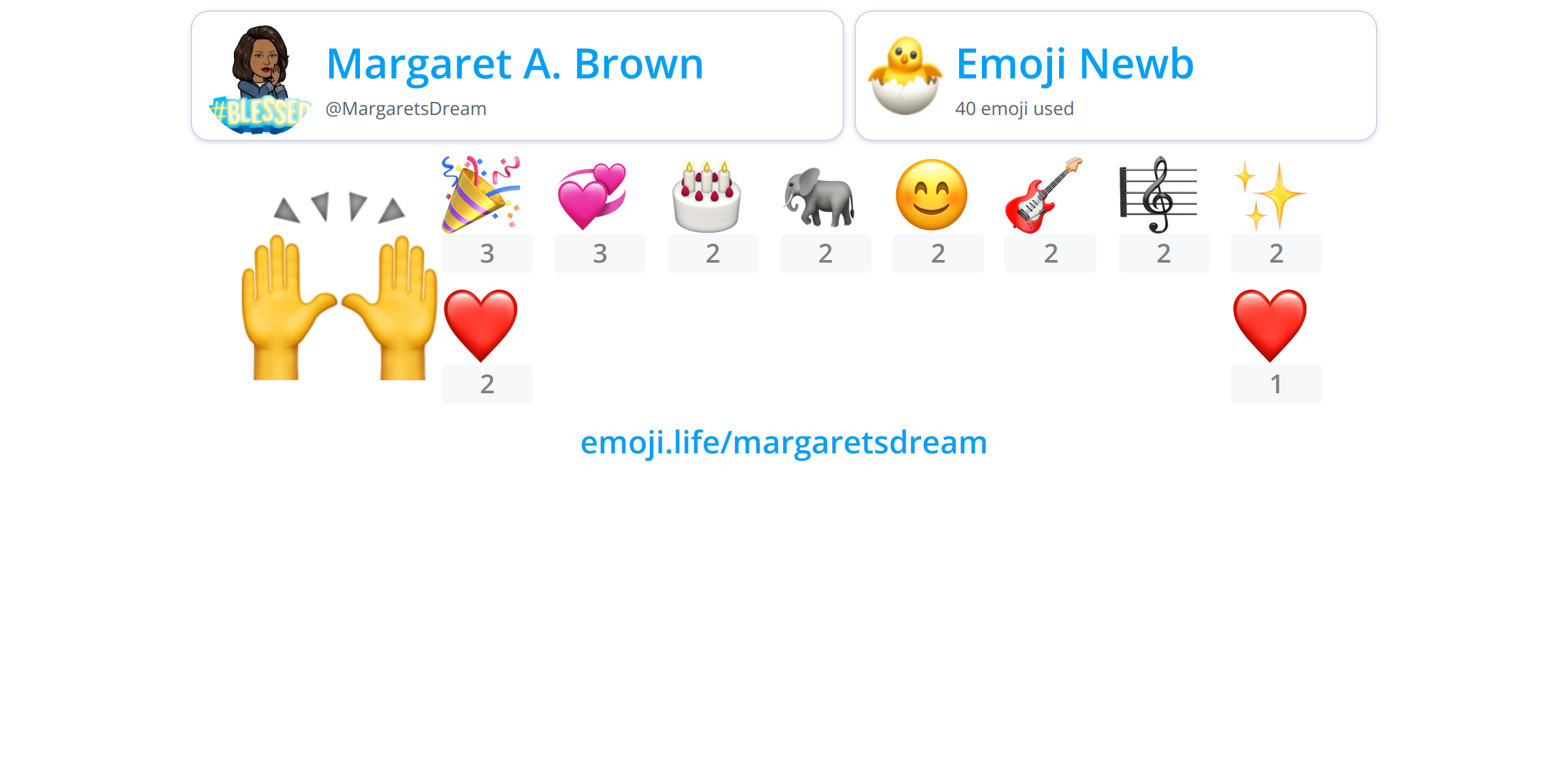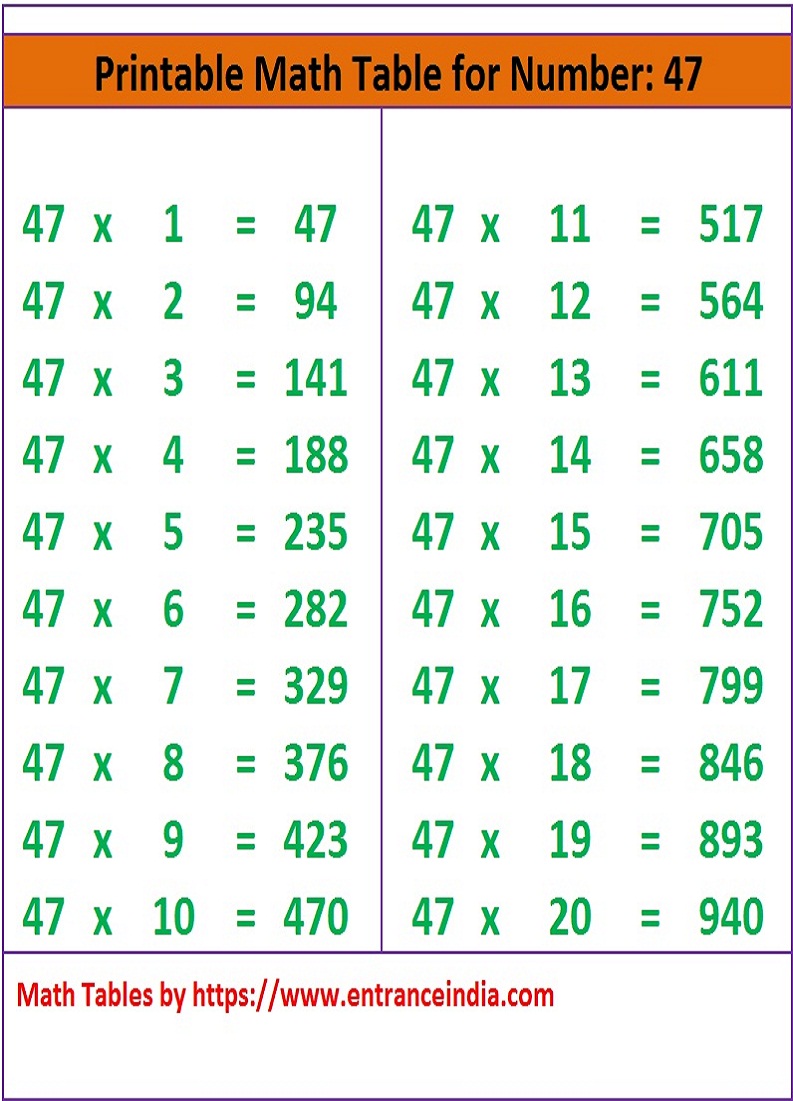7 Times 40
7 Times 40 - When you multiply integers, there are a few rules. Web welcome to omni's multiplication calculator, where we'll study one of the four basic arithmetic operations: Web 7 x 40 = 280. First, when you multiply a positive number by a negative number, the answer will always. Learning the multiplication of 7 times 40 is an essential skill for problems based upon fractions, decimals, and percentages. In short, we use it whenever.
In short, we use it whenever. Learning the multiplication of 7 times 40 is an essential skill for problems based upon fractions, decimals, and percentages. Web welcome to omni's multiplication calculator, where we'll study one of the four basic arithmetic operations: First, when you multiply a positive number by a negative number, the answer will always. When you multiply integers, there are a few rules. Web 7 x 40 = 280.
Learning the multiplication of 7 times 40 is an essential skill for problems based upon fractions, decimals, and percentages. First, when you multiply a positive number by a negative number, the answer will always. Web 7 x 40 = 280. When you multiply integers, there are a few rules. Web welcome to omni's multiplication calculator, where we'll study one of the four basic arithmetic operations: In short, we use it whenever.
TheCapeArgus Emoji.Life
First, when you multiply a positive number by a negative number, the answer will always. In short, we use it whenever. Learning the multiplication of 7 times 40 is an essential skill for problems based upon fractions, decimals, and percentages. Web welcome to omni's multiplication calculator, where we'll study one of the four basic arithmetic operations: When you multiply integers,.
MiSPcharity Emoji.Life
Learning the multiplication of 7 times 40 is an essential skill for problems based upon fractions, decimals, and percentages. When you multiply integers, there are a few rules. In short, we use it whenever. Web welcome to omni's multiplication calculator, where we'll study one of the four basic arithmetic operations: Web 7 x 40 = 280.
CoachDarl Emoji.Life
Web welcome to omni's multiplication calculator, where we'll study one of the four basic arithmetic operations: In short, we use it whenever. First, when you multiply a positive number by a negative number, the answer will always. Web 7 x 40 = 280. Learning the multiplication of 7 times 40 is an essential skill for problems based upon fractions, decimals,.
Timetables Chart 112
Web 7 x 40 = 280. In short, we use it whenever. First, when you multiply a positive number by a negative number, the answer will always. Learning the multiplication of 7 times 40 is an essential skill for problems based upon fractions, decimals, and percentages. When you multiply integers, there are a few rules.
Multiplication Tables Chart TCR7697 Teacher Created Resources
In short, we use it whenever. Web welcome to omni's multiplication calculator, where we'll study one of the four basic arithmetic operations: When you multiply integers, there are a few rules. First, when you multiply a positive number by a negative number, the answer will always. Web 7 x 40 = 280.
5 times table chart printable vilblocks
First, when you multiply a positive number by a negative number, the answer will always. When you multiply integers, there are a few rules. Learning the multiplication of 7 times 40 is an essential skill for problems based upon fractions, decimals, and percentages. Web welcome to omni's multiplication calculator, where we'll study one of the four basic arithmetic operations: Web.
MargaretsDream Emoji.Life
When you multiply integers, there are a few rules. Web welcome to omni's multiplication calculator, where we'll study one of the four basic arithmetic operations: Web 7 x 40 = 280. In short, we use it whenever. Learning the multiplication of 7 times 40 is an essential skill for problems based upon fractions, decimals, and percentages.
TOMi.digital FUNDAMENTOS TÉCNICOS DEL BALONCESTOEL PASE
Learning the multiplication of 7 times 40 is an essential skill for problems based upon fractions, decimals, and percentages. When you multiply integers, there are a few rules. Web 7 x 40 = 280. In short, we use it whenever. Web welcome to omni's multiplication calculator, where we'll study one of the four basic arithmetic operations:
The table gives information about the times, in ho Gauthmath
Web welcome to omni's multiplication calculator, where we'll study one of the four basic arithmetic operations: In short, we use it whenever. First, when you multiply a positive number by a negative number, the answer will always. Web 7 x 40 = 280. Learning the multiplication of 7 times 40 is an essential skill for problems based upon fractions, decimals,.
Math Table Printable Downloadable for 47 ka Pahada ENTRANCE INDIA
Web welcome to omni's multiplication calculator, where we'll study one of the four basic arithmetic operations: First, when you multiply a positive number by a negative number, the answer will always. When you multiply integers, there are a few rules. Learning the multiplication of 7 times 40 is an essential skill for problems based upon fractions, decimals, and percentages. In.
Web Welcome To Omni's Multiplication Calculator, Where We'll Study One Of The Four Basic Arithmetic Operations:
When you multiply integers, there are a few rules. Web 7 x 40 = 280. First, when you multiply a positive number by a negative number, the answer will always. Learning the multiplication of 7 times 40 is an essential skill for problems based upon fractions, decimals, and percentages.
